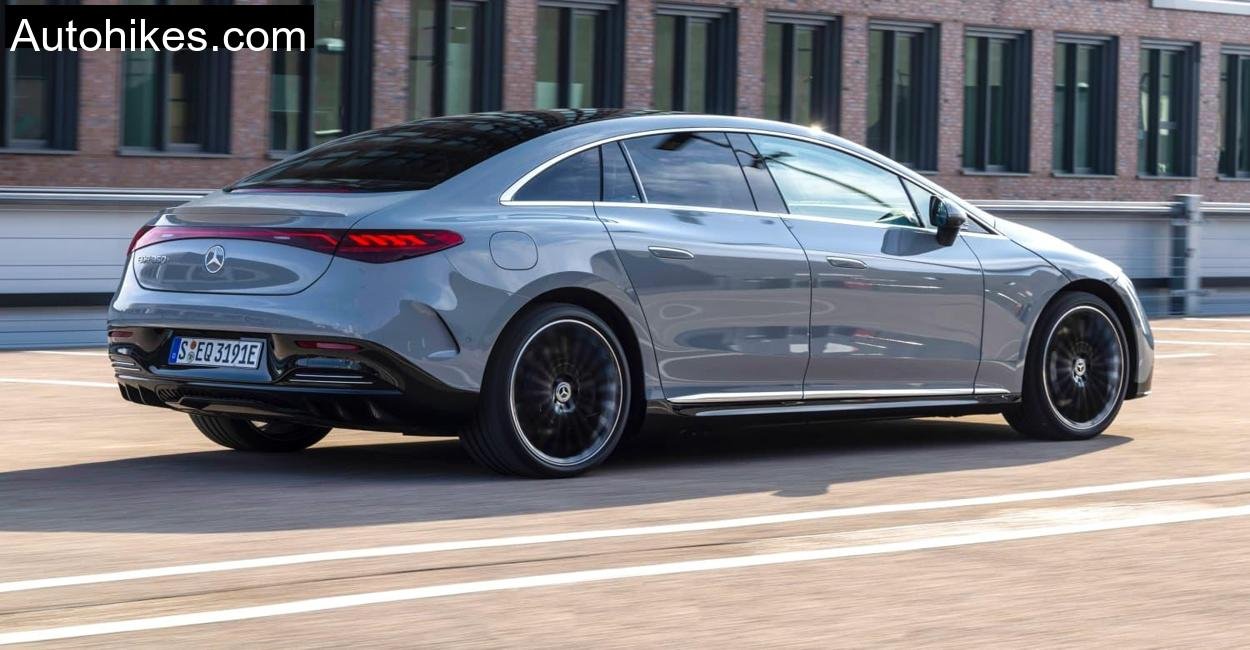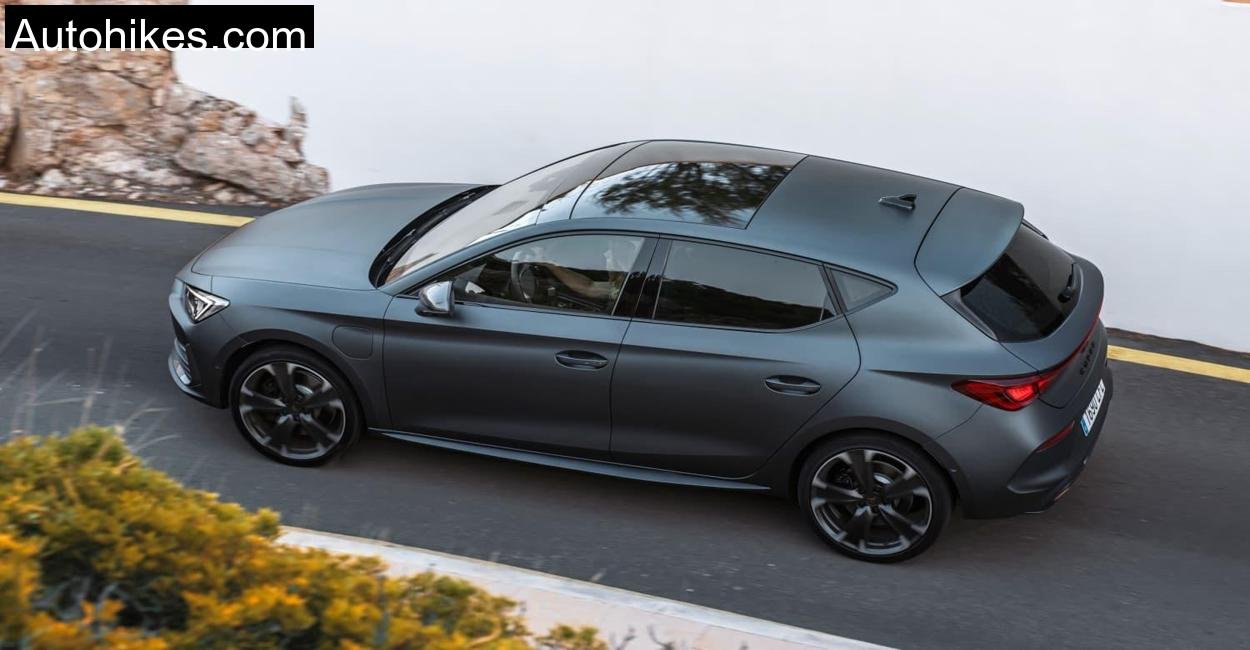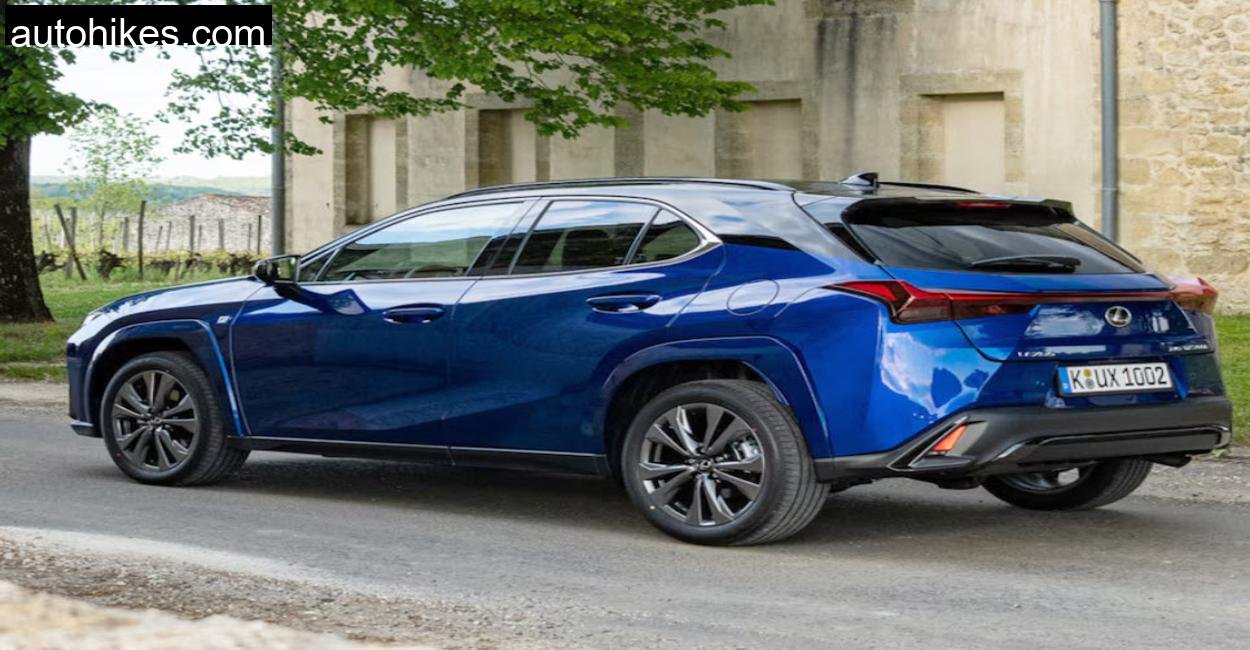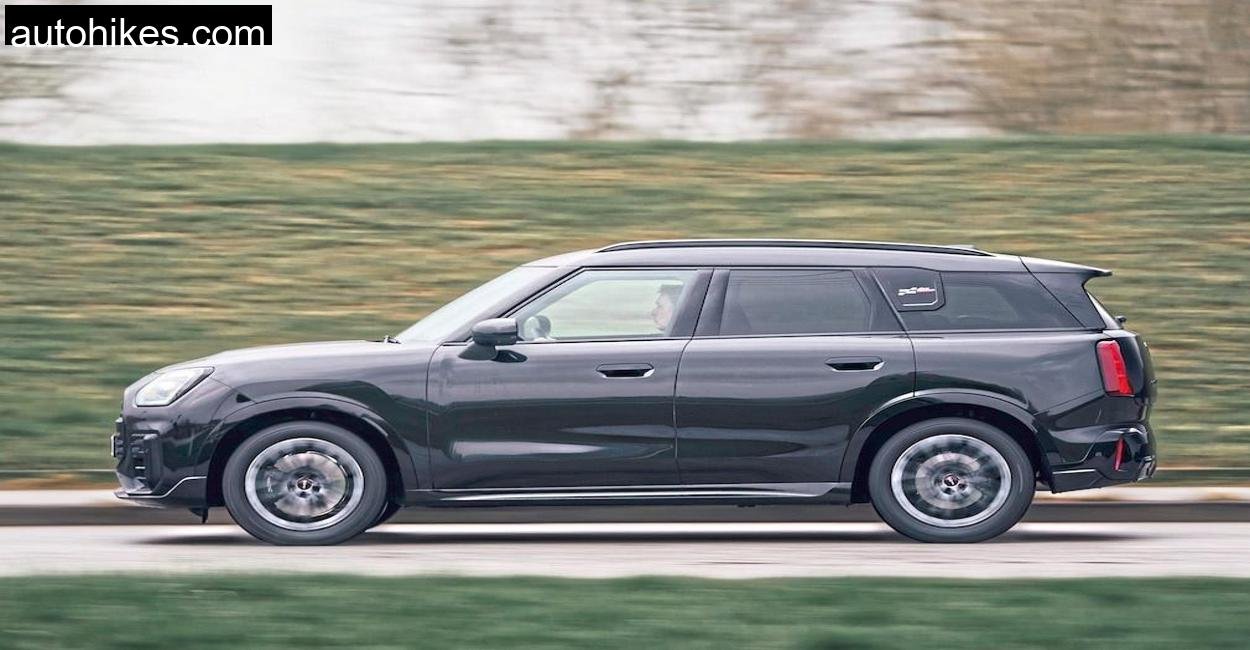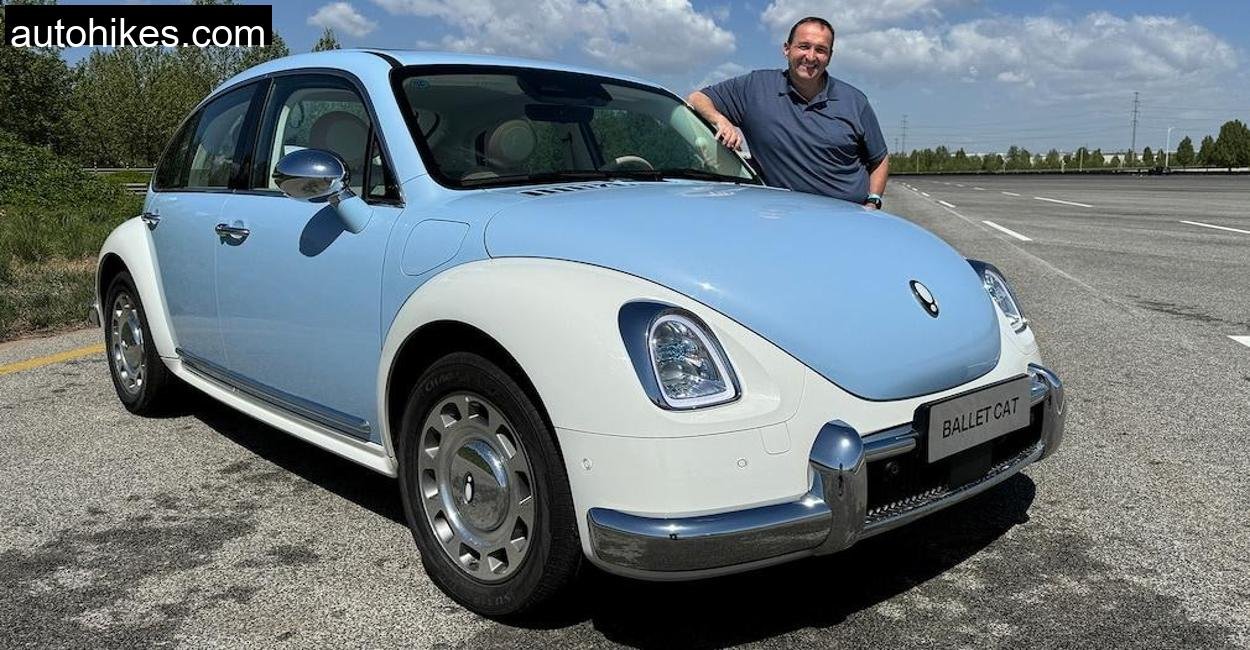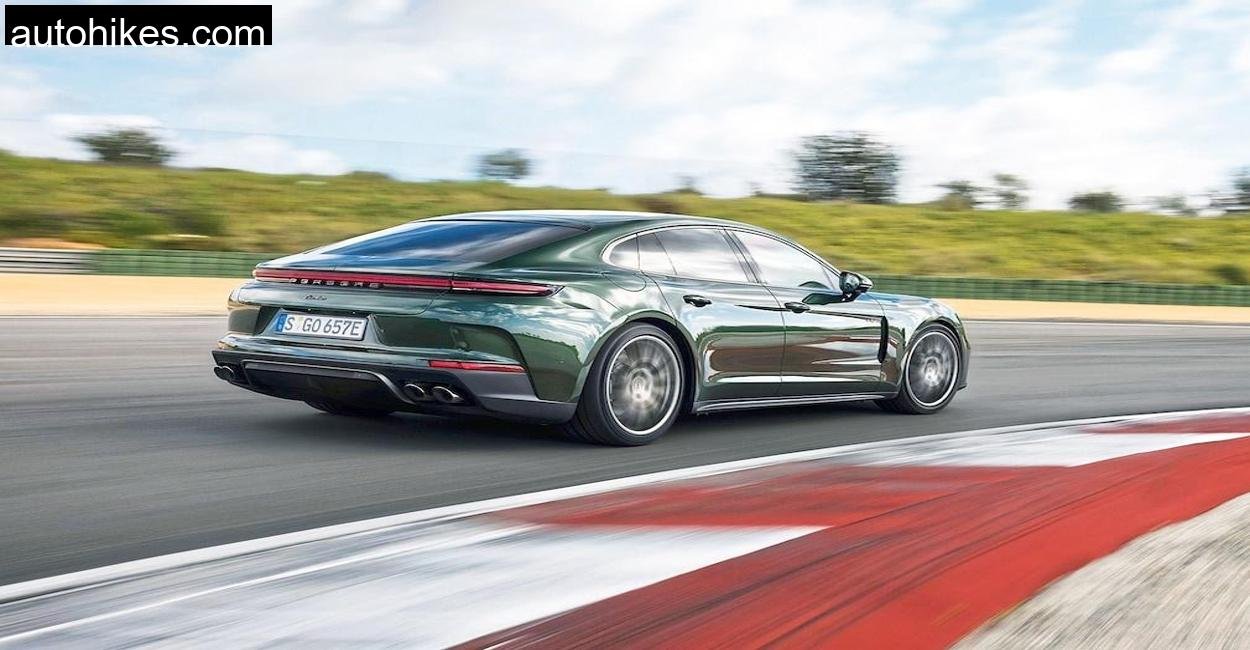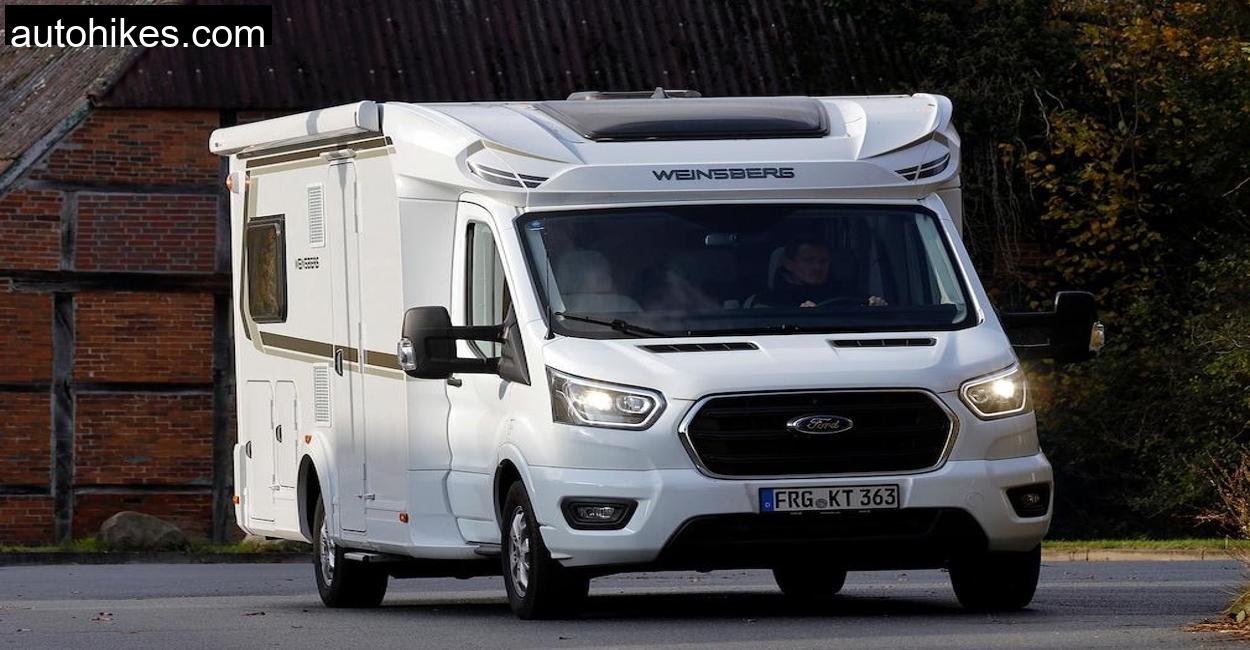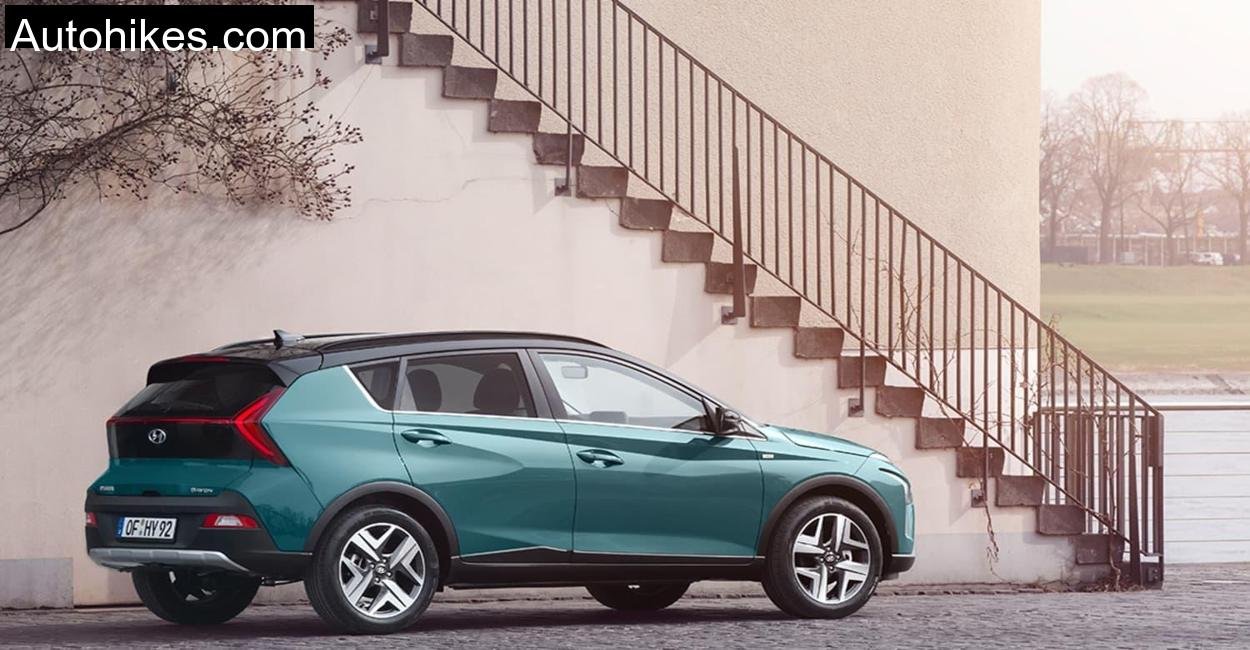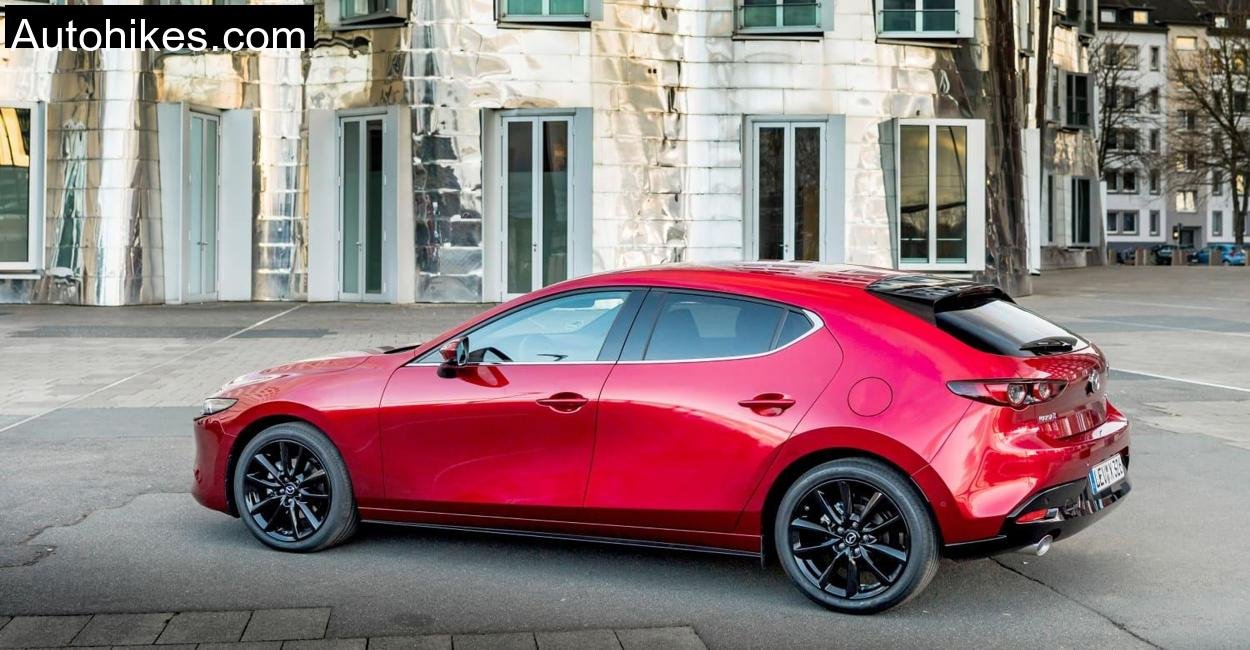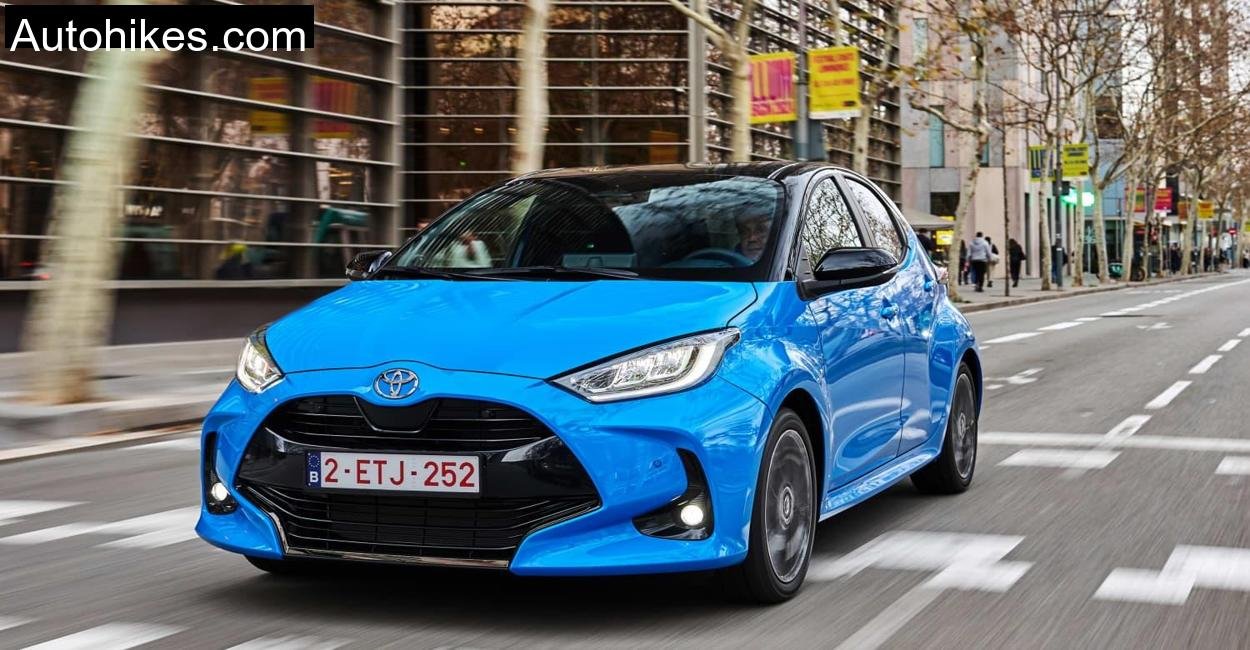Driving through the winding forest roads of Harplage, Germany, I found myself behind the wheel of the all-electric Mercedes EQE 350 4MATIC. The town’s quiet, rural charm made it the perfect backdrop to test a car that is anything but traditional. I’ve tested dozens of electric vehicles, but the EQE had something more – the essence of Mercedes luxury fused with cutting-edge EV technology.
At first glance, the EQE doesn’t just look modern; it feels like the embodiment of what Mercedes calls their ‘One-Bow Design’. Sleek, aerodynamic lines that flow from the front to the rear in a single arc. It’s hard not to be impressed by the design language that sets it apart from the boxy, utilitarian look of other electric vehicles. But this wasn’t just a visual feast – it was time to put the machine to the test on the road.
Powertrain and Driving Dynamics
Once I hit the start button, the silence was almost surreal. No engine rumble, no vibration – just a quiet hum as the EQE came alive. The 215 kW (292 PS) electric motor delivers power to all four wheels via the 4MATIC system. The torque – a substantial 565 Nm – is available instantly, pushing the car forward with an urgency that belies its 2,400 kg weight.
Accelerating from 0 to 100 km/h in just 6.4 seconds, the EQE feels nimble and surprisingly agile for a car of its size. But the real magic happens in the mid-range. Overtaking from 60 to 100 km/h takes only 3.4 seconds, and 80 to 120 km/h is handled in 4.4 seconds. These numbers don’t just look good on paper – they translate to a real-world driving experience that’s smooth, confident, and composed.
The all-wheel-drive system keeps the car glued to the road, even when I pushed it hard into the corners of the Harplage countryside. The optional air suspension and rear-wheel steering made tight turns and quick maneuvers feel effortless, and the car’s low center of gravity ensured stability at all times.
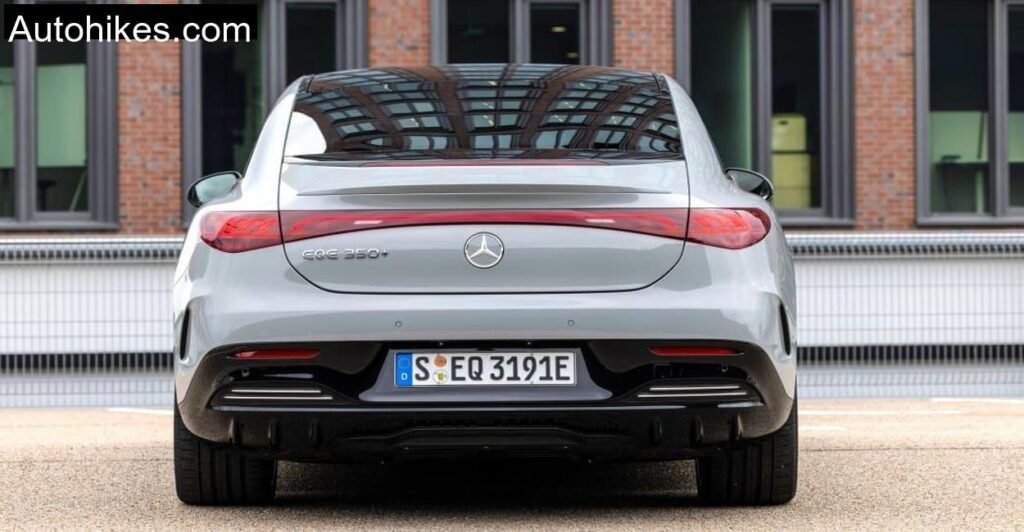
Real-World Performance and Efficiency
Technical specifications aside, what really matters in an EV is how far you can go. The Mercedes EQE 350 4MATIC comes equipped with a 90.6 kWh battery, providing a WLTP-rated range of up to 615 km. In our real-world test, the ADAC Ecotest measured a respectable 530 km – more than enough for most daily and long-distance drives.
During our testing in Harplage, with temperatures hovering around 20°C, the car maintained an average consumption of 20.0 kWh/100 km. That includes losses during charging, making it a very efficient luxury EV. With proper use of regenerative braking and the intelligent Eco Assistant, I noticed how smartly the car adjusted energy recovery based on traffic, slopes, and upcoming intersections. At times, it felt like the car was driving itself – intelligently slowing down or speeding up without any input needed.
Charging was straightforward. On a 170 kW DC fast charger, we managed to go from 10% to 80% in about 30 minutes. At home or on slower AC charging stations, the EQE supports up to 22 kW three-phase charging, which is among the best in its class.
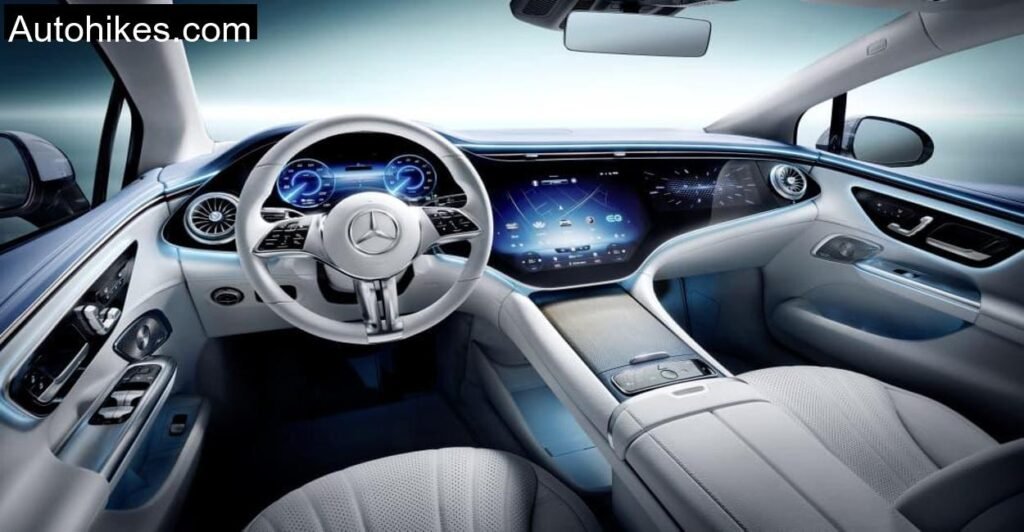
The Mercedes Experience
Slide into the cabin, and you are greeted by a futuristic yet familiar environment. Mercedes has done a fine job of carrying over the luxury DNA into the EV age. The materials are top-notch – soft leather, brushed aluminum, and ambient lighting that adapts to your mood.
The seats are a masterpiece of comfort. On my multi-hour drive through Harplage, I never once felt fatigue. The insulation is so good that at 130 km/h, the interior noise level was just 63.3 dB(A) – whisper quiet. The rear seats are spacious, though taller passengers might find the headroom a bit tight due to the sloping roofline.
However, not everything is perfect. The user interface can be overwhelming. The massive Hyperscreen spans almost the entire dashboard, and while it’s beautiful to look at, it requires time to master. Touch-sensitive controls on the steering wheel often failed to register my inputs, and I found myself missing good old tactile buttons. Thankfully, the voice assistant worked well and became my go-to for adjusting settings or navigating.
Practicality and Everyday Usability
In terms of practicality, the EQE does have some limitations. The boot space, at 430 liters, is decent but not class-leading. Fold the rear seats, and you get up to 780 liters. That’s good enough for regular trips, but not on par with larger EVs like the EQS. There’s no front trunk (frunk), which is a missed opportunity, especially since competitors like Tesla or Ford offer one.
The towing capacity is also modest at 750 kg. So if you’re planning to tow a caravan or a heavy trailer, the EQE might not be the right tool for the job. But for most urban and highway driving scenarios, it’s more than adequate.
The car’s turning radius of 10.6 meters, thanks to the rear-wheel steering, means tight parking spots in European cities are no longer a nightmare. The 360-degree camera system provided clear visuals, and the automated parking assistant worked flawlessly.
Tech Features and Innovations
Tech is a big part of the EQE’s identity. The HVAC system with three thermal circuits is particularly impressive. One circuit cools the electric motor, inverter, and charger. Another handles cabin heating, cleverly using waste heat from the powertrain. A third manages the battery temperature to optimize performance and longevity.
Mercedes even includes a HEPA filter under the hood to purify incoming air – a nice touch for city dwellers. The EQE is also ready for bi-directional charging, though that feature is currently only supported in Japan.
The optional ‘Digital Light’ system was a revelation. Driving through dark forest roads, the matrix LED headlights adjusted precisely to the surroundings, even projecting warning symbols onto the road. It felt like a piece of sci-fi tech brought to life.
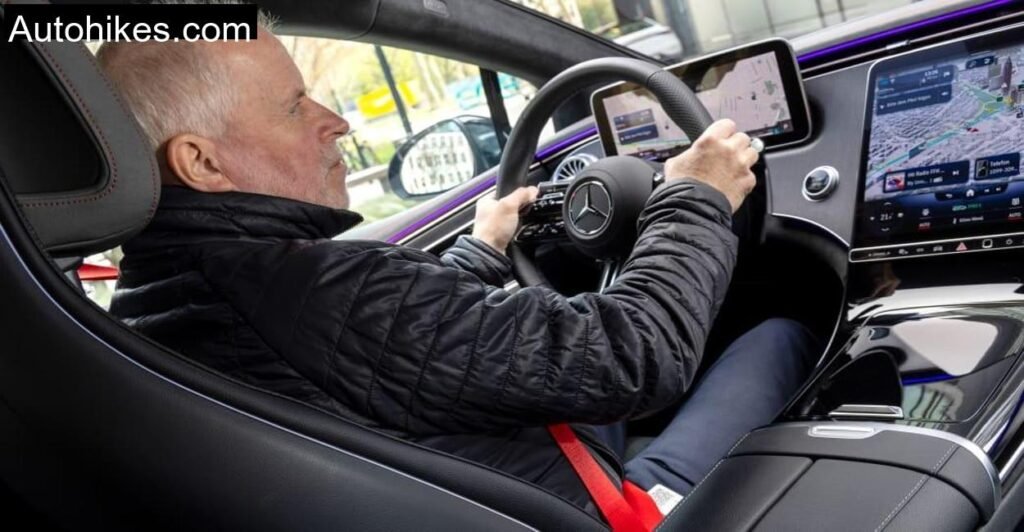
Technical Specifications Table
To maintain reliability, we reference only Mercedes’s official online resources for technical specifications.
| Specification | Detail |
|---|---|
| Model | Mercedes EQE 350 4MATIC |
| Motor Type | Electric |
| Power | 215 kW / 292 PS |
| Torque | 565 Nm |
| Drive Type | All-wheel drive (4MATIC) |
| 0-100 km/h | 6.4 seconds |
| Top Speed | 210 km/h |
| Battery Capacity (Net) | 90.6 kWh |
| WLTP Range | 615 km |
| Real-World Range (ADAC Test) | 530 km |
| Charging (DC Fast) | Up to 170 kW |
| Charging Time (10-80% DC) | Approx. 30 minutes |
| Charging (AC) | Up to 22 kW |
| Consumption (ADAC) | 20.0 kWh/100 km |
| Boot Space (Seats Up/Folded) | 430 / 780 liters |
| Weight (EU) | 2,405 kg |
| Towing Capacity (Braked/Unbraked) | 750 / 750 kg |
| Price (Base) | €70,995 |
Conclusion: Luxury Meets Electric Efficiency
Driving the Mercedes EQE 350 4MATIC in Harplage was an experience I won’t soon forget. It combines the best of Mercedes luxury, EV innovation, and real-world usability into a package that’s hard to beat. While it has a few quirks – mainly regarding infotainment complexity and limited towing capacity – the overall execution is impressive.
It’s not just a good electric car; it’s a great car, period. For those looking for a premium EV that doesn’t compromise on comfort, performance, or range, the EQE 350 is a compelling option. It may not be the fastest charging EV out there, but it’s certainly one of the most refined.
Is the Mercedes EQE 350 4MATIC worth the price?
Yes, especially if you value luxury, range, and a comfortable driving experience. The price is high, but you get a lot of tech and refinement in return.
How long does it take to charge the Mercedes EQE 350 4MATIC?
Using a DC fast charger, it takes about 30 minutes to go from 10% to 80%. On a 22 kW AC charger, it can fully charge in about 4 to 5 hours.
Does the Mercedes EQE 350 4MATIC have a frunk?
No, due to the HEPA air filter and other components under the hood, the EQE doesn’t offer a front storage compartment.
